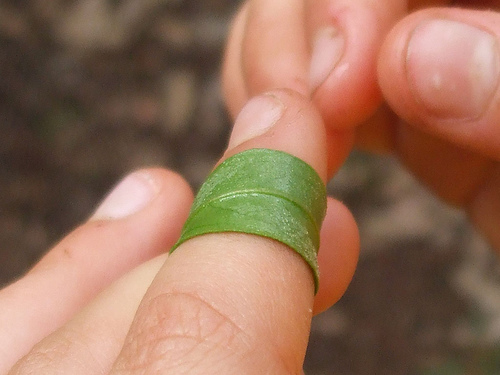 Hydrogen peroxide has long been recognized for its antiseptic properties, as a first aid staple for cleaning wounds, cuts, abrasions and scratches.
Hydrogen peroxide has long been recognized for its antiseptic properties, as a first aid staple for cleaning wounds, cuts, abrasions and scratches.
It is, for the same reason, an excellent general purpose anti-septic cleaner. In consumer applications the typical drug store variety 3% solution can work as a stain, mildew and mold remover in general household situations. Many commercial mold and mildew removal systems rely on a higher concentration commercial grade of hydrogen peroxide to eliminate mold spores on building surfaces and structures in toxic mold remediation work. Generally in these applications a solution of not less than 10% is required, which requires special handling procedures.
In the food industry and around the home kitchen, Food Grade Peroxide solutions are excellent anti-bacterial and anti-microbial agents. In general these solutions range from 3 to 35 percent concentrations, depending on the application. Most home kitchen uses of Food Grade Peroxide should be done at a 3 percent solution rate.
A University of Virginia clinical trial study found hydrogen peroxide to be the best solution for keeping commercial kitchen surfaces free of bacteria and micro-organisms that could result in contamination of foods by germs, viruses or even E. coli.
For most general cleaning purposes, the use of hydrogen peroxide at a 3 percent solution is perfectly adequate; as higher concentrations can lead to inadvertent bleaching, and require more careful handling.
Concentrations higher than 4 percent can cause uncomfortable burning of the skin which leaves no lasting damage but is unpleasant and can cause permanent damage to eyes.